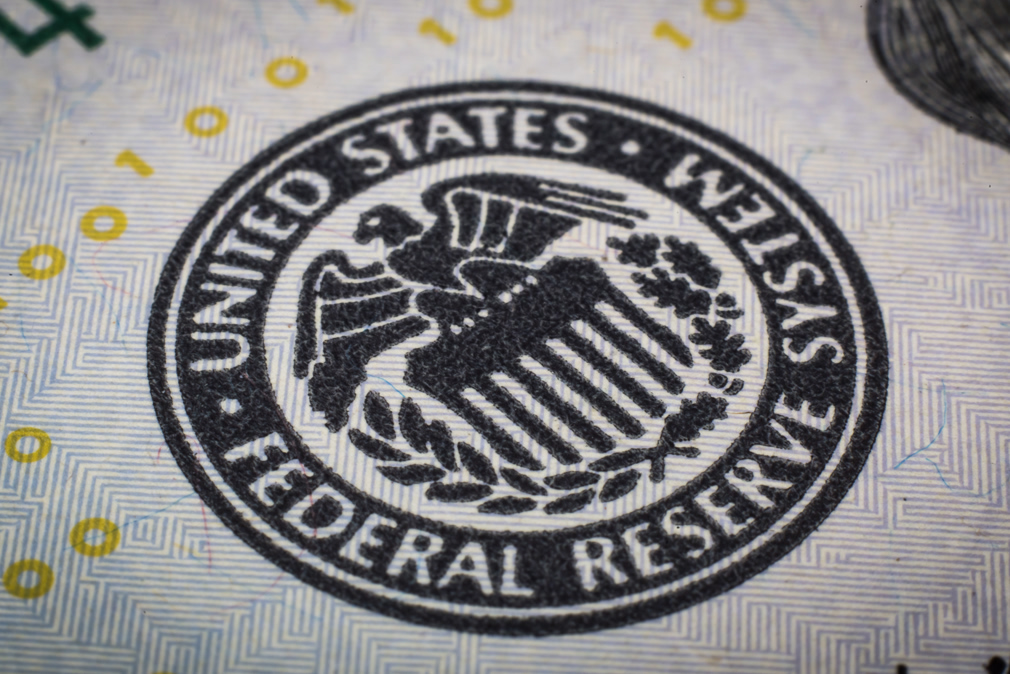The Federal Reserve made its second emergency cut in two weeks, slashing 1% off its benchmark rate, and renewed a program to buy Treasuries and mortgage bonds in an effort to bolster the economy as the coronavirus that causes COVID-19 spreads in the U.S.
“The coronavirus outbreak has harmed communities and disrupted economic activity in many countries, including the United States, ” the Fed said in a statement issued on Sunday at 5 p.m.
“The effects of the coronavirus will weigh on economic activity in the near term and pose risks to the economic outlook,” the statement said. “In light of these developments, the committee decided to lower the target range for the federal funds rate.”
The bond-buying will take the form of $500 billion in Treasury bills and $200 billion of agency-backed mortgage securities, Fed Chairman Jerome Powell said on a conference call with reporters on Sunday night. The Fed said the purchases will begin Monday with a $40 billion installment.
The inter-meeting rate cut to near zero will make business borrowing cheaper and result in lower borrowing costs for many homeowners with variable-rate home equity loans that are indexed to the U.S. prime rate, which moves in tandem with the Fed rate.
The Fed will keep interest rates near zero “until it is confident that the economy has weathered recent events and is on track to achieve its maximum employment and price stability goals,” the statement said.
Borrowing costs for fixed-rate mortgages are set by bond investors. The Fed’s decision to buy Treasuries and agency MBS will increase competition for those fixed assets, which puts downward pressure on rates.
“These actions will lower mortgage rates, helping homeowners save money through refinancing, and thereby providing a boost to the broader economy,” Mike Fratantoni, chief economist for the Mortgage Bankers Association, said in a statement.
The average U.S. rate for a 30-year fixed mortgage fell to 3.29% during the first week of March, the lowest ever recorded by Freddie Mac in a series that goes back to 1971. The rate rose seven basis points the following week amid market turmoil and as lenders tried to stem a tide of refinancing applications.
The Fed rate cut came as stock markets struggled to regain ground after sell-offs that set records. If measured by points, the stock market’s loss on Thursday was the worst ever recorded. If measured by percentage change, it was the worst since the stock market crash in 1987.
In other words, worse than the 2008 financial crash and worse than the sell-off after the Sept. 11, 2001, terrorist attacks.
The Fed has also been active behind the scenes, ramping up its overnight funding operations with $1.5 trillion of “repos,” or repurchase agreements, on Thursday.
The Fed’s decision to inject additional liquidity into the markets with beefed-up repos was “made to address highly unusual disruptions in Treasury financing markets associated with the coronavirus outbreak,” the Federal Reserve Bank of New York, which conducts market operations on behalf of the U.S. central bank, said in a statement.






